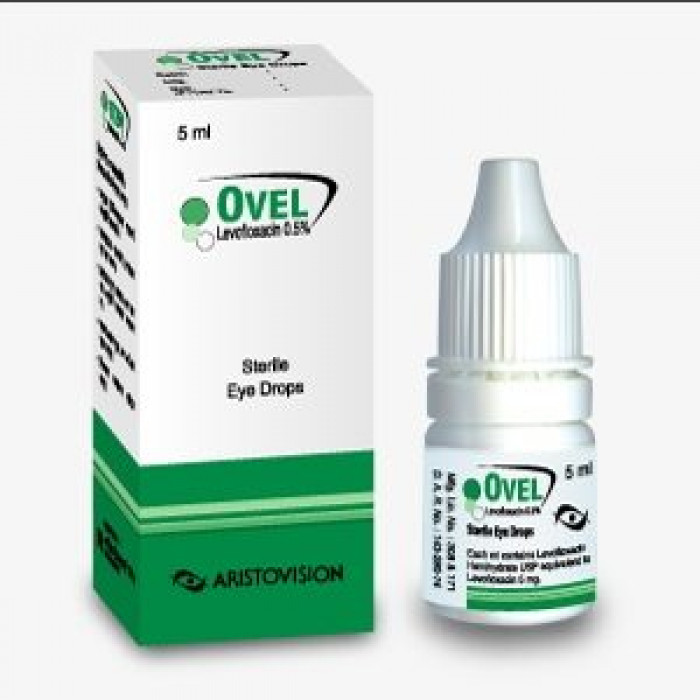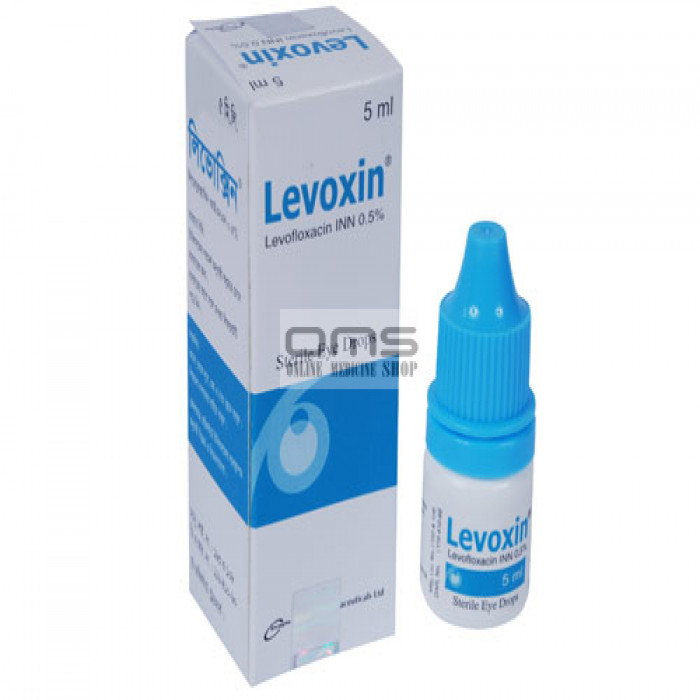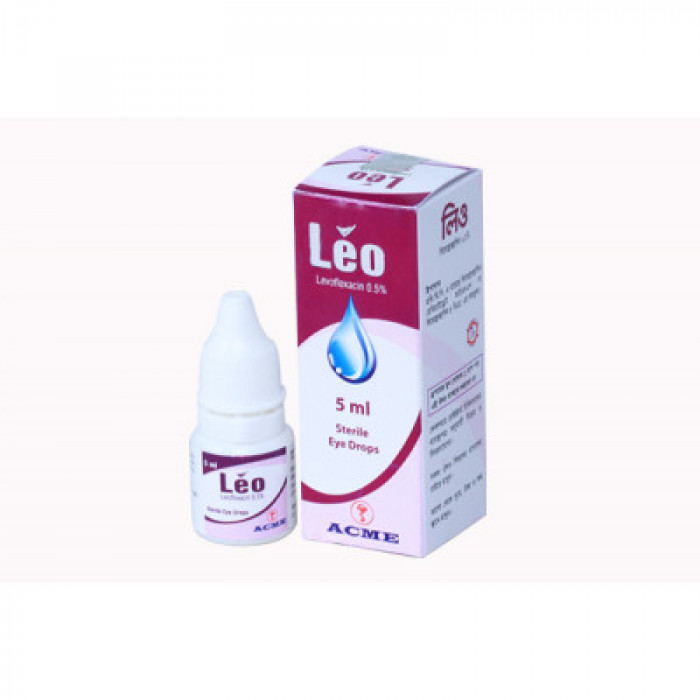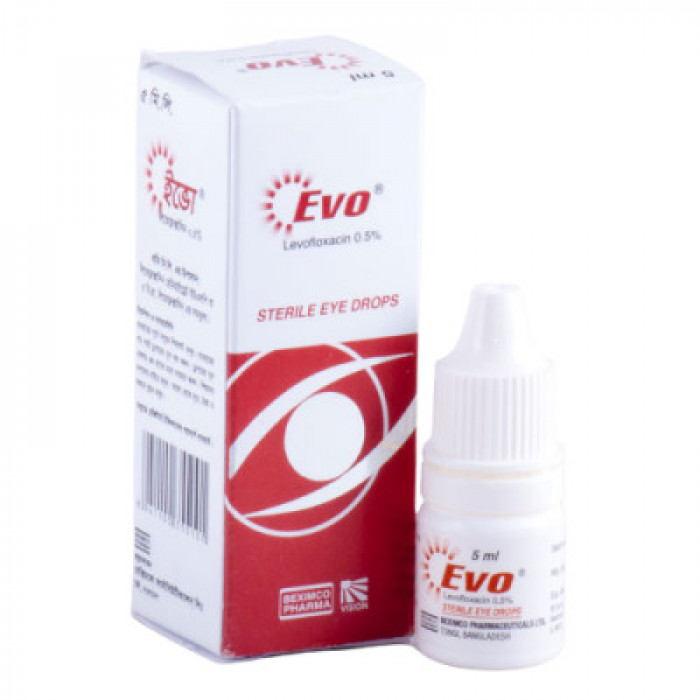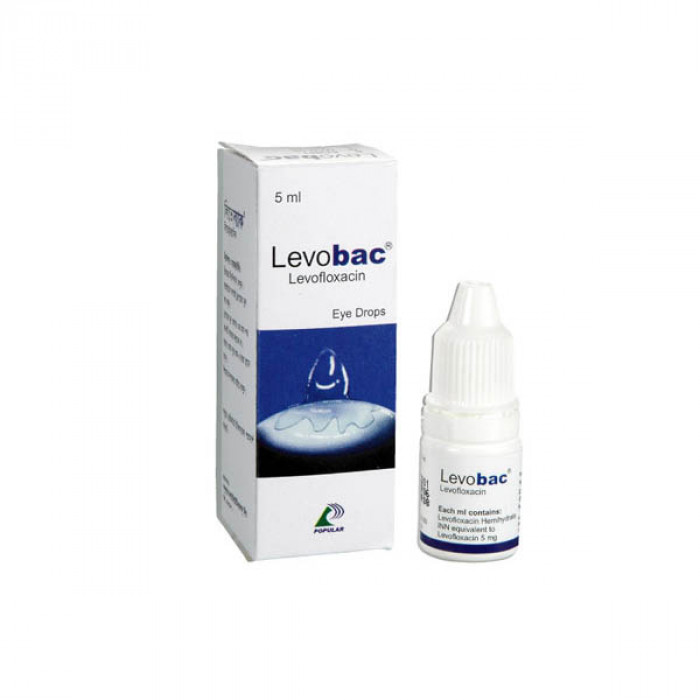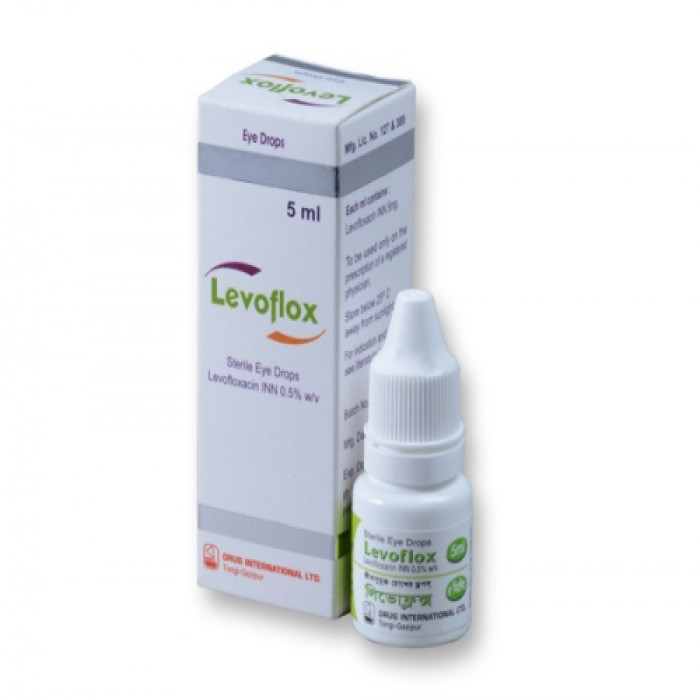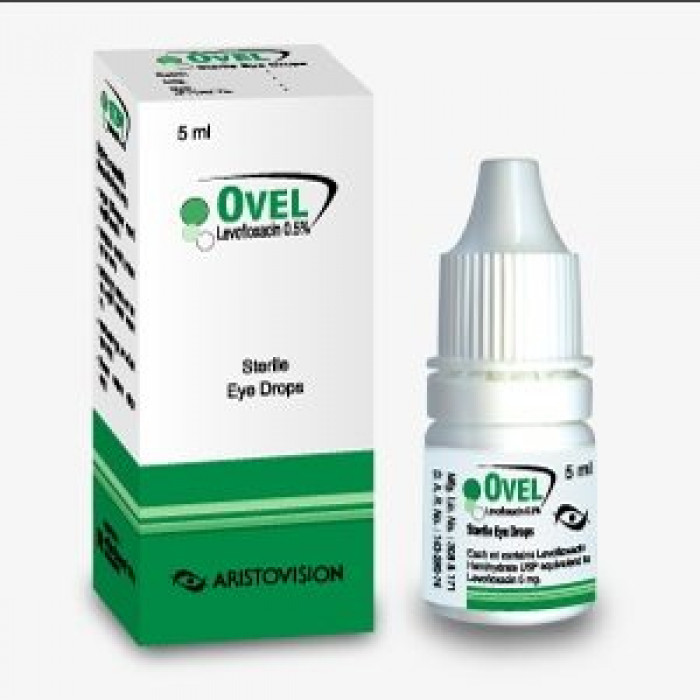
✔ 100% Authentic Product
👁️ Currently Viewing 2207
Drops Manufacturer/Distributor: Aristopharma Limited Generic Name: Levofloxacin 0.5% Eye Drops
Discount
Price: ৳ 90
MRP:
৳
95
5%
Off

100% Genuine Products, Guaranteed

Safe & Secure Payments, Always

Fast, Secure & Efficient Delivery

Proper Packaging
 Cash on Delivery - All over Bangladesh
Cash on Delivery - All over Bangladesh Regular Delivery - 12-24 Hours, Dhaka City* Charge Tk.39-59
Regular Delivery - 12-24 Hours, Dhaka City* Charge Tk.39-59 Regular Delivery - 24-48 Hours, Other Cities* Charge Tk.99-110
Regular Delivery - 24-48 Hours, Other Cities* Charge Tk.99-110
 ফ্রি ডেলিভারিঃ - ৯৯৯ টাকা+ অর্ডারে, ঢাকা
শহরে
ফ্রি ডেলিভারিঃ - ৯৯৯ টাকা+ অর্ডারে, ঢাকা
শহরে ফ্রি ডেলিভারিঃ - ২৯৯৯ টাকা+ অর্ডারে, ঢাকার
বাহিরে
ফ্রি ডেলিভারিঃ - ২৯৯৯ টাকা+ অর্ডারে, ঢাকার
বাহিরে
100% Genuine Products, Guaranteed
Safe & Secure Payments, Always
Fast, Secure & Efficient Delivery
Proper Packaging
 Cash on Delivery - All over Bangladesh
Cash on Delivery - All over Bangladesh Regular Delivery - 12-24 Hours, Dhaka City* Charge Tk.39-59
Regular Delivery - 12-24 Hours, Dhaka City* Charge Tk.39-59 Regular Delivery - 24-48 Hours, Other Cities* Charge Tk.99-110
Regular Delivery - 24-48 Hours, Other Cities* Charge Tk.99-110 ফ্রি ডেলিভারিঃ - ৯৯৯ টাকা+ অর্ডারে, ঢাকা
শহরে
ফ্রি ডেলিভারিঃ - ৯৯৯ টাকা+ অর্ডারে, ঢাকা
শহরে ফ্রি ডেলিভারিঃ - ২৯৯৯ টাকা+ অর্ডারে, ঢাকার
বাহিরে
ফ্রি ডেলিভারিঃ - ২৯৯৯ টাকা+ অর্ডারে, ঢাকার
বাহিরে
✅ Description:
Indications
Eye drops containing levofloxacin are used to treat bacterial conjunctivitis caused by sensitive strains of the following bacteria:
- Corynebacterium species are Gram-positive bacteria that live in an aerobic environment.
- Staphylococcus oureus is a kind of bacteria.
- Staphylococcus epidermidis is a kind of bacteria found on the skin.
- Streptococcus pneumoniae is a kind of bacteria that causes pneumonia.
- Streptococcus (C/F Groups)
- Streptococcus mutans (Group G).
- Streptococcus viridons is a kind of Streptococcus.
- Acinetobocter Iwoffii is a Gram-Negative bacteria that lives in the air.
- Haemophilus influenzae is a type of bacteria that causes influenza.
- Serrotia morcescens is a kind of Serrotia morcescens.
Other ocular infections that can be treated with levofloxacin include bacterial corneal ulcers, blepharitis, hordeolum, and perioperative conditions.
Pharmacology
A sterile topical ophthalmic solution, levofloxacin eye drops are used to treat infections in the eyes. It's a synthetic third-generation fluoroquinolone bactericidal antibiotic with a broad spectrum of activity against Gram-positive and Gram-negative ocular infections. It works by preventing DNA replication, transcription, repair, and recombination by inhibiting bacterial topoisomerase IV and DNA gyrase enzymes.
Dosage & Administration
Adults and children aged one year and up should use a 0.5 percent eye drop.
Days 1 and 2: Every 2 hours while awake, instill 1-2 drops in the afflicted eye(s), up to 8 times each day.
Days 3–7: Put 1-2 drops in the afflicted eye(s) every 4 hours while awake, up to 4 times a day.
Adults and children aged 6 and above should use a 1.5 percent eye drop.
Days 1–3: Apply one to two drops to the afflicted eye(s) every 30 minutes to 2 hours while awake and every 4–6 hours after retiring.
Instill one to two drops in the afflicted eye(s) every 1 to 4 hours while awake from day 4 until treatment is completed.
Children under the age of one year: Levofloxacin's safety and effectiveness in children under the age of one year have not been established.
Interaction
Levofloxacin eye drops have not been subjected to specific medication interaction investigations. However, systemic use of several quinolones has been demonstrated to increase plasma theophylline concentrations, interfere with caffeine metabolism, and improve the effects of the anticoagulant warfarin and its derivatives.
Contraindications
Patients having a history of hypersensitivity to Levofloxacin, other quinolones, or any of the medication's components should not take it.
Side Effects
Transient impaired vision, fever, foreign body sensation, headache, transient ocular burning, ocular pain or discomfort, pharyngitis, and photophobia were experienced by about 1-3 percent of patients. Allergic responses, lid edema, ocular dryness, and ocular irritation occurred in less than 1% of patients.
Pregnancy & Lactation
Pregnancy Classification C. Only if the possible benefit outweighs the danger to the fetus should levofloxacin be used during pregnancy. Human milk has not been tested for levofloxacin. When administering Levofloxacin eye drops to a nursing woman, extreme caution is advised.
Precautions & Warnings
Long-term use may cause non-susceptible organisms, such as fungus, to overgrow. If superinfection arises, stop using it and seek alternate treatment.
Therapeutic Class
Preparations containing four quinolones
Storage Conditions
Keep eye drops away from light, in a cool (15°-25° C) and dry environment, and out of the reach of children.
⚠️Disclaimer:
At ePharma, we’re committed to providing accurate and accessible health information. However, all content is intended for informational purposes only and should not replace medical advice from a qualified physician. Please consult your healthcare provider for personalized guidance. We aim to support, not substitute, the doctor-patient relationship.




